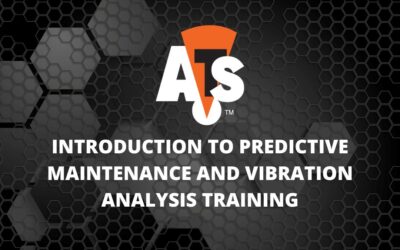Vibration analysis is a vital component of successful predictive maintenance (PdM) programs. To ensure the vibration program is accurate and effective, steps need to be taken ahead of time. First, a list of critical equipment must be established. Next, the data collector and software package to be used for analysis must be set up to include the critical equipment list. Finally, baseline vibration data will be collected.
Setting a baseline of vibration data involves collecting multiple data sets on all monitored machinery under normal operating conditions. Baseline vibration data is needed to properly evaluate the condition of a machine because similar machines operate at different vibration levels. Many variables affect the operating condition of a machine, including foundations, installation conditions, environmental factors, and load. These variables all contribute to the uniqueness of the vibration signature, so it is important to view generic reference material like severity charts as guidelines for condition monitoring, not hard and fast rules.
Once a baseline has been established, vibration analysts use the signature as a point of reference to track deviations. Trends emerge as additional data sets are collected, and machine fault diagnoses become more accurate.






0 Comments